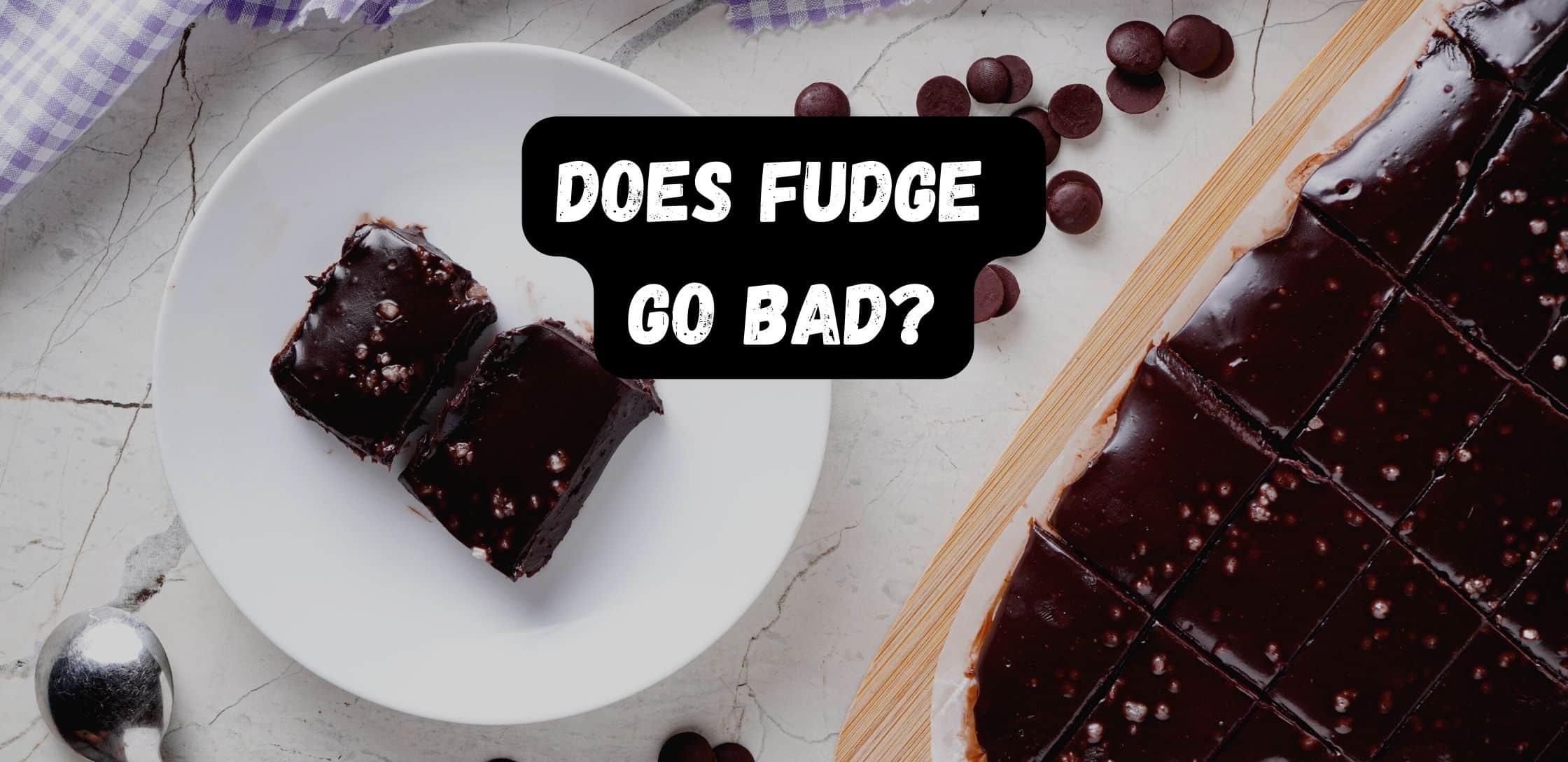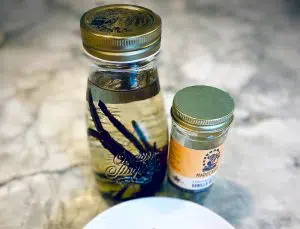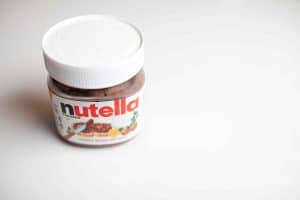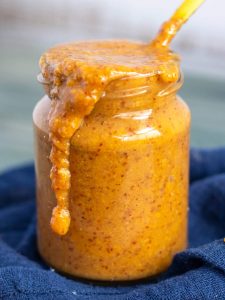Does Fudge Go Bad?
Important Note: When you buy through our links, we may earn a commission. As an Amazon Associate we earn from qualifying purchases. Content, pricing, offers and availability are subject to change at any time - more info.
Fudge is a decadent, delicious, slab of chocolate that is a popular dessert and treat. Fudge is essentially made from milk, butter, chocolate, cream, and sugar. It often has nuts, nougats, or even caramel added to it. While chocolate fudge is the most common type, it can also be made with vanilla, peanut butter, maple walnut, and dark, and white chocolate, to name a few.
Fudge has a softer, richer consistency than chocolate.
Does Fudge Go Bad?
Yes, fudge definitely does go bad. With cream, butter, and milk being essential ingredients, you know that the shelf life of fudge is going to be determined by the ingredient with the shortest shelf life. And anything with dairy expires quite quickly. There are a couple of ways to store your fudge to ensure that it lasts long.
How Long Does Fudge Last?
- Fudge is going to taste the best and have the most appetizing texture when eaten fresh. It will stay good a little while after, but it needs to be stored properly and with care.
- For store-bought fudge, it is best to go with the best-by-date printed on the label. The best-by or sell-by date is the date when the product is expected to reach peak quality. Store-bought fudge will oftentimes be good for 4-7 days after the best-by-date when stored in the pantry.
- Once refrigerated, store-bought fudge will keep for about 10-14 days after the best-by date. This is because commercially made food has lots of preservative in it. While ingredients like milk and butter do hasten the decaying process, sugar usually acts as a preservative and helps keep it safe longer.
- Homemade fudge has a shorter shelf life, but it doesn’t have any preservatives and it is much healthier.
- Homemade fudge will stay good in the pantry or kitchen for about 1-2 weeks, provided it has been stored properly.
- After that, it is best to store homemade fudge in the refrigerator. Homemade fudge will be good in the fridge for about 3-4 weeks.
- Keep in mind that the shelf life of fudge depends on a number of factors, which is why there is such a wide shelf-life range.
- If you want to store your fudge for a much longer time, then you can always freeze it. It will stay good in the freezer for 6-9 months.
- Whether stored in the pantry, fridge, or freezer you need to take some extra precautions to keep your fudge free and ensure that it does not spoil ahead of its time.
| Type of Fudge | Pantry | Fridge | Freezer |
| Store-bought fudge | Best-by date + 4-7 days | Best-by date + 10-14 days | 6-9 months |
| Homemade fudge | 1-2 weeks | 3-4 weeks | 6-9 months |
The above table is just an estimate. There are a number of factors, which determine the actual shelf life of fudge. There are a whole host of recipes out there on how to make fudge and they all provide a different shelf life depending on the ingredients used. Some have lots of dairy including butter, cream, milk, condensed milk, evaporated milk, and so on. Some recipes call for eggs, some for nuts, some for sugar, and others ask for sweeteners. There are even vegan fudge options available which is why the actual shelf life of the fudge varies.
Besides this, it is important to consider storage conditions as this plays the most critical role in ensuring your food lasts as long as it possibly can in a safe environment.
How Best To Store Fudge?
- Since it has a number of easily perishable ingredients in it, you have to take extra care when storing fudge.
- While fudge lasts well in the pantry for a long time, you have to keep in mind the environment it is stored in, as well as the climate. If you are living in a really hot and humid place, your fudge is not going to do well in the pantry for as long as expected, be it 1-2 weeks if homemade or 4-7 days after the best-by date if store-bought. Your fudge will be a gooey mess and instead of soft and chewy, it will be sticky. Similarly, living in a cold place will allow your fudge to last longer on the outside.
- If you are storing your food in the pantry or the kitchen cabinet, you have to make sure it is stored away from direct heat and sunlight. This will not only change the consistency of the fudge, but direct heat or sunlight might also increase the chance of it going bad.
- Store-bought fudge can be stored in the box it came in, ensuring that it is always tightly closed. If you need to change it for any reason, transfer the fudge into a dry, airtight container. If the fudge came wrapped in parchment paper or wax paper, use it as this keeps the fudge from sticking together.
- For homemade fudge, store it in an airtight container, but first, line the container with parchment paper, this will keep it from sticking to the bottom. If you need to layer the pieces of fudge one on top of another, keep a sheet of parchment paper between the two layers to keep it from sticking.
- Always make sure the lid is tightly closed, this will prevent it from getting spoiled either through external contaminants or through exposure to the elements.
- When storing fudge in the fridge, always make sure that your box or tin of fudge is tightly closed. Keeping it open in the fridge will dry the fudge out faster.
- Keeping it closed also prevents external contaminants from entering. Even a drop of water might trigger the decaying process.
- If you have decided to freeze fudge, there are a few things to keep in mind.
- First, use parchment paper to line and layer your fudge.
- It is better to freeze fudge as a whole slab than cut it up into smaller pieces. The smaller pieces of fudge when frozen, get dry and grainy.
- Having said that, if you want to portion out your fudge, then cut it into pieces and store it in a freezer-safe airtight container.
- To thaw the fudge, keep it in the fridge for a few hours or overnight. You do not have to keep it out to thaw it.
- Once thawed, do not refreeze the fudge. Thawed fudge should be stored in the fridge for about 3-5 days.
- Frozen and thawed fudge will have a different texture as the sugar would have crystallized, so your fudge might be more grainy. It might also be a little softer due to the thawing.
How To Tell If Your Fudge Has Gone Bad?
- The first indication of spoilage would be the smell. If the fudge smells off or has a very strong smell, then it has gone bad.
- If you see mold or green spots on the fudge, then it has spoiled.
- Sometimes fudge that has been left in the fridge or freezer will have white spots, that is just the sugar, don’t worry, the fudge is still consumable.
- Similarly, if the fudge is grainy after being stored in the cold, it is still fine and can be eaten.
- If your fudge tastes sour or bitter, then it most likely has gone bad.
- If your fudge has an extremely oily sheen to it, then it has gone bad.
If you love this delicious dessert, then a few extra steps will have you enjoying it for a long time. Take care in wrapping your fudge and storing it in an airtight container.
























